- Price: $1200
- Destinations: Kokonor. Shachuang Monastery. Repkong. Labrang. Dzamthang. Tsangwa monastery. Dzamthang monastery. Sertha. Ganzi. Dartsedo. Chengdu.
- Duration: 14 Days
- Tour Features: Explore Tibet’s Jonang tradition. Discovery Sertha Lharung Gar.
- Seasons: All year around
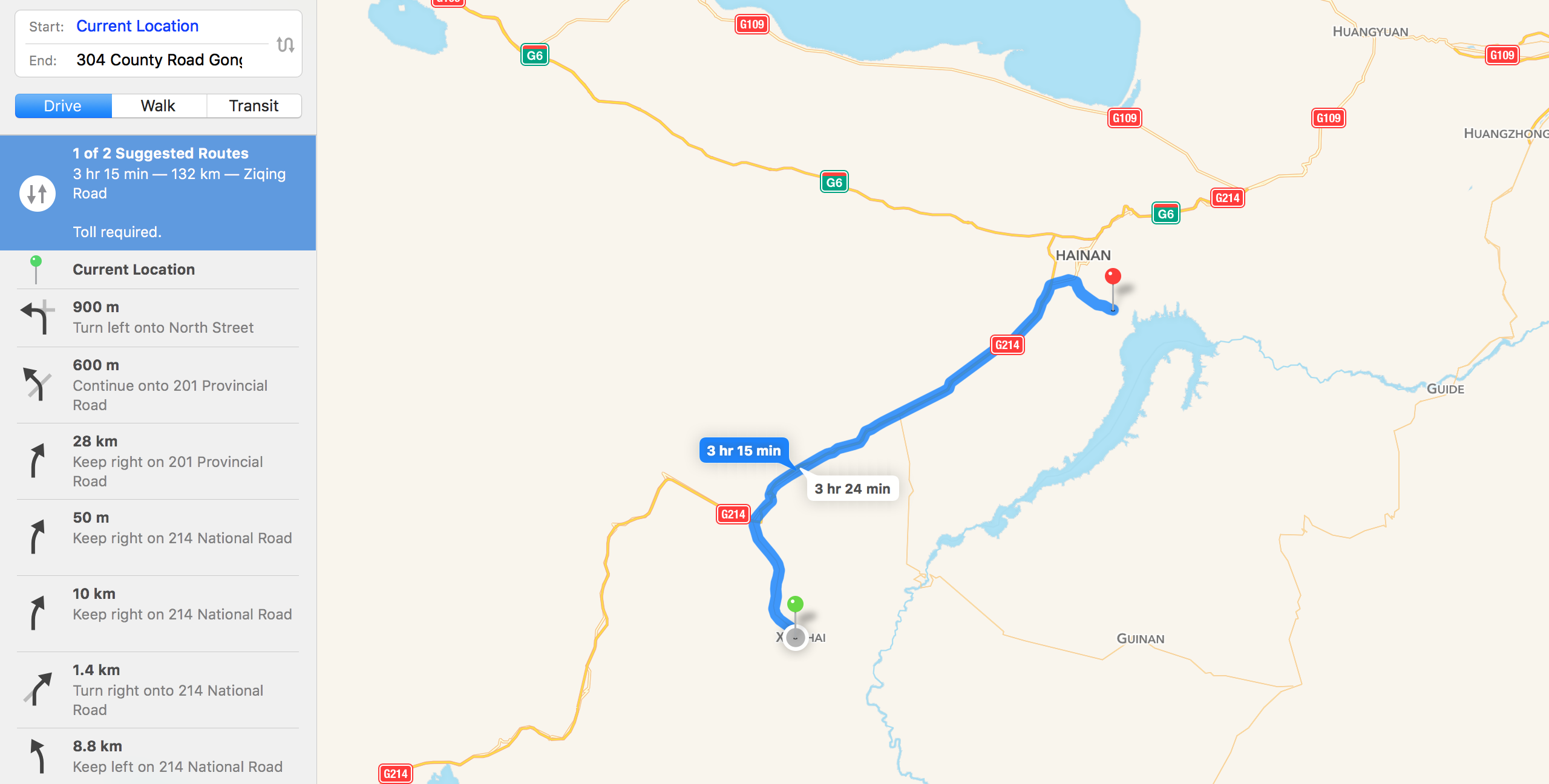
- Tour Description
- Itineraries
- Price Guide
- Trip Photos
Day 01: Xining(2270m)
Arrive in the gorgeous town of Xining, the capital city of Qinghai Province, where you’ll find your guide ready and waiting to transfer you from the airport to Hotel,
Day 02. Xining – Kokonor (3100m) – Trika(2100m) 230km 5 – 6hrs
In the morning you will drive to Kokonor, the biggest salt lake in Tibet and the name of the lake originated from Mongolian because Mongol tribes were here many year in ancient time. in the afternoon you will drive to Trika through sand dunes and along the Yellow River. In Trika. You will visit Jokhang Temple. A small temple of Buddha.
Day 04: Trika – Shachuang Monastery – Repkong (2900m)
In the morning you will drive along the Yellow River to Shachong Monastery, one of the four famous monasteries along the northern Yellow River. Shachuang is located on a ridge of a mountain and the views from it are breathtaking. Then we’ll continue along the Yellow River to Repkong (Tongren).
Day 05: Repkong – Ganggya Grassland – Labrang (3010m) 103km 4-5hrs
In the morning drive to Labrang via the famous Gangya grassland to reach Labrang town. Before get Gangya grassland. You can also have a stop at the Gartse monastery. Labrang is located in Xiahe (CH)County of Amdo province.
Day 06: Labrang – Taksang Lhamo (3300m) 184km 3–4hrs
Once again we drive south 184km to Taktsang Lhamo Monastery, which lies at the border of Sichuan and Gansu Province.You stay at the small Tibetan trading town, next to the monastery. Above the mpnastery are green hills and the monastery. It is a spectacular scene. At this place, two Yellow Sect monasteries lie side by side but Kirti Monastery belongs to Sichuan Province and Sertri Monastery to Gansu. Kirti was founded in 1413 and many of the monastic buildings have been beautifully reconstructed in the typical Amdo style.
Day 07: Taksang Lhamo-Machu(3501m) – Jigdril(3628m) 370km 6 – 7hrs
Your journey takes approximately 120km from Machu to Jigdril in Qinghai Province. Much of the area is high windswept marshlands and extensive grasslands that rise to 3292m. Here nomads graze their large herds of yaks and sheep living in hand-woven black yak hair tents. You will probably picnic en-route and stop to visit a nomadic family so that we can note the tent structure and see the hand-woven rugs and bags made by the nomads. If we arrive in good time we will visit a local monastery.
Day 08: Jigdril – Nyenbo Yurtse – Pema(3530m) 190km 4-5hrs
In the morning drive to Pema via Nyenbo Yurtse and Dartang monastery. Nyenbo Yurtse is one of the holist mountains with elevation of 5369m in Golok Tibetan nomad highland. The small crystal lakes amount of peaks of Nyenbo Yurtse makes the holy mountain more pristine to the entire visitor. Afterwards. Drive to Darthang monastery. Darthang monastery was built in 1857. And one of the largest Nyingma tradition monasteries in Amdo.
Day 09: Pema – Dzamthang(3295m) 167km 4-5hrs
In the morning drive from Pema to Dzamthang. Pema has a spectacular Tibetan architecture style. Which you will be seen when you drive into the valley along with Marke river. And mountains covered by pine and juniper tree made Pama’s weather more pleasant.
Day 10:Dzamthang(3295m)
In the morning drive to Tsangwa monastery. Tsangwa Monastery was established by Lodro Namgyal, one of Taranatha’s heart disciples. In 1658, the year that Taranatha’s Takten Damcho Ling was officially converted in U-Tsang, Lodro Namgyal bestowed the full Kalachakra empowerment at this site during its inauguration ceremony.Along with Choje Monastery, Tsangwa became a sanctuary for the Jonangpa in Amdo. Today, Tsangwa is the central monastic complex of the Jonang and is associated with Jonang affiliate monasteries throughout Eastern Tibet.
Day 11: Dzamthang(3295m)
Drive to Dzamthang monastery. This monastery was founded by Dung Ragna Shri Rinpoche in 1425, and was named Zamthang Samdup Norbu Ling. The Jonang monastery attracted a large monastic population and was very famous until its destruction during the cultural revolution, following this period it was maintained as a shadow of its former self by a handful of Tulkus and Monks. Today, the monastery has been rebuilt and has a population of about 1500 Monks including 50 Tulkus and 100 Kalachakra meditation Monks. The numerous surrounding monasteries of the region are all a branch of Sandup Norbu Ling the Great Zamthang Monastery.
Day 10: Dzamthang– Serta(4070m) 164km 3–4hrs
In the morning drive to Serthar. Serthar is the name of town. It is home to the Larung Gar Buddhist Institute, the largest Tibetan Buddhist institute in the world. The institute, which was founded by Khenpo Jigme Phuntsok in 1980 and started off with just a few monks, now houses tens of thousands of monks and pilgrims from around the world, which constitute the vast majority of the Sêrthar population. Most monks spend six to 13 years completing their training. The institute, divided into two main segments and spread over just a few square kilometres, is located in a valley and around 15 kilometres from the town of Sêrthar.
Day 11: Serta – Ganzi (3390)170km 6 hrs
In the morning drive to Ganzi via the vast grassland into the deep valleys with thick forest. From the last pass before arrive Ganzi. You will be seeing the breathtaking view from the Ganzi northern mountain range pass with elevation of almost 4600m. Afternoon visit Ganzi monastery or Kandze monastery. The monastery was built in 1642. It once housed 1,500 monks. The pilgrimage circuit around the monastery was almost eight kilometres long.
Day 12: Ganzi – Dartsedo
In the morning drive to Dartsedo via Lhagang grassland. Visit Lhagang monastery or Minyag Lhagang Yongdzog Rabgyal Lhakang Thongdrol Samdrubling. It was built in the year 652 by the Tibetan king Songtsan Gampo’s Chinese wife princess Wencheng, during his time he built in total 108 temples and monasteries all over the Tibetan plateau, and Lhagang was the last one so that it got the name Yongdzog Rabgyal Lhakang which means the temple of prosperous end. Lhagang monastery is the first ever Buddhist monastery in Kham or far eastern Tibet, originally the monastery practices Kagyupa sect and then later it changed into Sakyapa sect. It currently has 108 white stupas behind the main temple and few hundreds of prayer wheels all around the monastery.The eastern frontier town of Kham of Tibet.
Day 13: Dartsedo – Chengdu
In the morning drive to Chengdu.
Day 14: Depart Chengdu
Your guide and driver send you off at the Chengdu airport.
What’s the price included?
Private professional English-speaking Tibetan tour guide.
Private transportation.
All accommodations with Breakfast, based on Double/Single/Triple-occupancy according to your requirement
Deluxe/Standard/Budget accommodation according to your requirement
Airport/train Station pick up & Drop off
Service & government taxes.
Tourists Accident/Casualty Insurance
What’s the price excluded?
China visa
All air tickets and train tickets to and from Tibet.
Sightseeing tickets.
Meals ( Lunch & Dinner)
Personal expenses such as laundry, drink, fax, telephone call, optional tour activities, etc.
Gratuities, tips to guides, drivers, etc.
Single room supplement
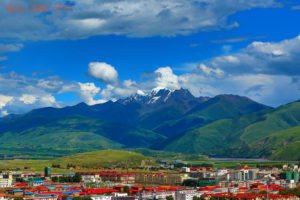
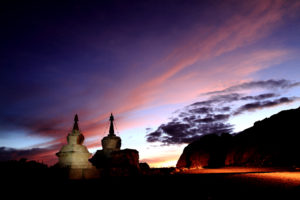
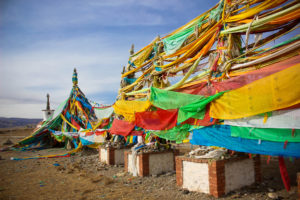
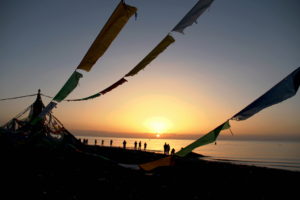
 Tibet World Travel Tibet Tour, Tibet Trip, Tibet Travel, Tibet Train, Tibet Trekking,
Tibet World Travel Tibet Tour, Tibet Trip, Tibet Travel, Tibet Train, Tibet Trekking,
